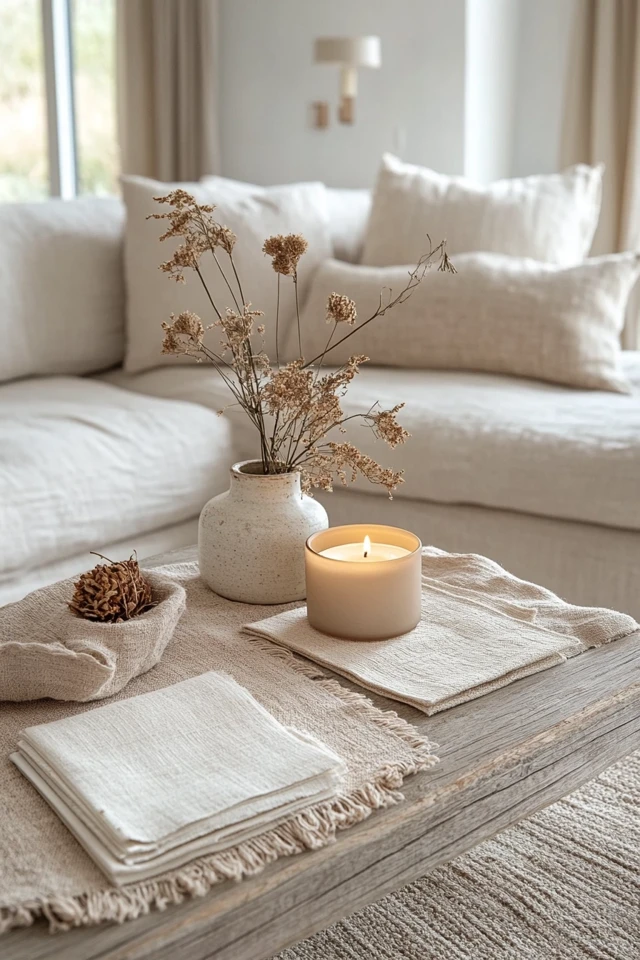Your room is your sanctuary, a place where your personality and creativity come alive. But with so many design trends—minimalist, bohemian, cottagecore, industrial—it can feel overwhelming to pinpoint the perfect aesthetic for you. Whether you want a cozy escape, an inspiring workspace, or a vibrant social hub, this guide will help you explore and uncover your aesthetic room style in a way that feels personal, practical, and uniquely yours.
Let’s dive in and discover how to create a space that reflects your individuality and makes you fall in love with your room every day!
1. Understand What an Aesthetic Room Style Is
An aesthetic room style combines visual beauty, function, and emotion to create a cohesive, personalized space. It’s not just about following trends—it’s about selecting elements that make you feel happy, comfortable, and inspired.
Key Components of an Aesthetic Room Style:
- Color Palette: Defines the mood of your space.
- Furniture: Functional pieces that align with your aesthetic.
- Textures & Patterns: Layering different materials for depth and personality.
- Decor & Lighting: Personal touches that bring life and ambiance.
2. Explore Popular Aesthetic Room Styles
To find your aesthetic, it helps to understand the most popular styles and what makes each unique.
Minimalist
What It Is: Clean lines, neutral colors, and a focus on simplicity and function.
Who It’s For: People who value calm, clutter-free spaces.
Key Features: White walls, natural light, hidden storage, and minimal decor.
Bohemian (Boho)
What It Is: Eclectic, free-spirited, and cozy with global and vintage influences.
Who It’s For: Creatives and free-thinkers who love color and textures.
Key Features: Layered rugs, macramé decor, patterned textiles, and plants.
Scandinavian
What It Is: Airy, light-filled spaces with functional design and natural materials.
Who It’s For: Those who love simple yet cozy interiors.
Key Features: Light wood tones, soft whites, wool throws, and greenery.
Cottagecore
What It Is: Romantic and nostalgic with countryside-inspired elements.
Who It’s For: Nature lovers and fans of vintage charm.
Key Features: Florals, muted tones, distressed wood, and cozy textiles.
Industrial
What It Is: Raw, edgy spaces with an urban loft feel.
Who It’s For: Fans of bold, rugged design and modern-meets-vintage elements.
Key Features: Exposed brick, metal accents, wood furniture, and leather details.
Dark Academia
What It Is: Moody, intellectual spaces inspired by literature and vintage decor.
Who It’s For: Book lovers and fans of classic, sophisticated interiors.
Key Features: Deep colors, antique furniture, vintage books, and soft lighting.
Modern Farmhouse
What It Is: A mix of rustic and contemporary with clean lines and cozy elements.
Who It’s For: Those who love comfort with a modern twist.
Key Features: Shiplap walls, wooden beams, neutral palettes, and vintage accents.
Kawaii
What It Is: Cute and playful spaces with pastel tones and whimsical decor.
Who It’s For: Fans of lighthearted, fun interiors.
Key Features: Plush toys, soft colors, fairy lights, and quirky accessories.
3. Identify Your Design Personality
Finding your room aesthetic starts with understanding your personality and lifestyle. Ask yourself the following questions:
What Mood Do You Want to Create?
- Calm and Peaceful: Minimalist, Scandinavian, or Japandi.
- Warm and Cozy: Cottagecore, modern farmhouse, or bohemian.
- Edgy and Bold: Industrial, dark academia, or retro.
- Fun and Playful: Kawaii, eclectic, or whimsical.
What Inspires You?
- Are you drawn to natural textures, clean lines, or bold patterns?
- Do you love vintage finds, contemporary design, or artistic spaces?
- Where do you find inspiration—nature, books, art, or travel?
How Do You Use Your Space?
- A Creative Space: If you paint, write, or craft, prioritize inspiring decor and flexible furniture.
- A Relaxation Zone: Focus on cozy textures, soft lighting, and calming colors.
- A Social Hub: Choose comfortable seating, statement decor, and functional layouts.
4. Create a Mood Board
Once you’ve narrowed down your preferences, it’s time to create a visual mood board.
How to Make Your Mood Board:
- Collect Inspiration: Browse Pinterest, Instagram, or design blogs for room photos, color palettes, and furniture ideas.
- Save Your Favorites: Pin images that resonate with you—don’t overthink it!
- Analyze Your Patterns: Notice what colors, styles, or decor keep showing up.
- Put It Together: Use tools like Canva, Pinterest boards, or even a physical collage to organize your inspiration.
This process will give you a clearer vision of your room aesthetic and ensure everything ties together.
5. Choose Your Color Palette
Your color palette is the foundation of your aesthetic room style. It sets the tone and ties all your decor together.
Tips for Choosing the Right Palette:
- Start with Your Mood:
- Calm vibes? Neutrals and soft pastels.
- Cozy spaces? Warm earth tones like beige, terracotta, and brown.
- Bold designs? Jewel tones like emerald green, navy, or burgundy.
- Stick to 3–4 Colors: Choose a primary color, a secondary shade, and 1–2 accent colors.
- Use Nature as Inspiration: Look to the ocean, forests, or sunsets for harmonious color combinations.
Example Color Palettes:
- Minimalist: White, beige, gray, and soft wood tones.
- Cottagecore: Cream, sage green, blush pink, and floral prints.
- Industrial: Charcoal, black, brown, and metallic accents.
6. Curate Furniture and Decor That Match Your Aesthetic
Now that you know your style and color palette, it’s time to curate furniture and decor pieces.
Furniture Tips:
- Minimalist: Clean lines, neutral tones, and multi-functional pieces.
- Boho: Vintage, wooden, or rattan furniture.
- Industrial: Metal beds, reclaimed wood desks, and leather chairs.
Decor Ideas:
- Plants: Add greenery for life and texture.
- Lighting: Use fairy lights, LED strips, or vintage lamps for ambiance.
- Wall Art: Hang framed photos, paintings, or DIY art that reflects your personality.
- Textiles: Layer cozy throws, rugs, and curtains in your chosen color scheme.
7. Add Personal Touches
Make your room feel uniquely you by incorporating personal details:
- Display photos, travel mementos, or handmade items.
- Showcase your hobbies with books, instruments, or art supplies.
- Use unique decor, like thrifted pieces or family heirlooms, to tell your story.
Picture Gallery
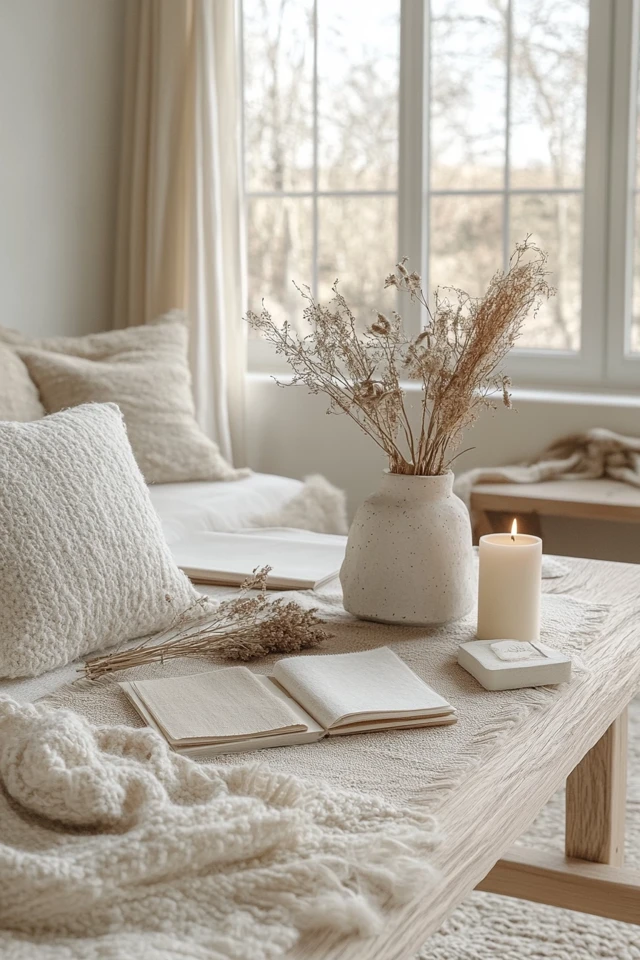
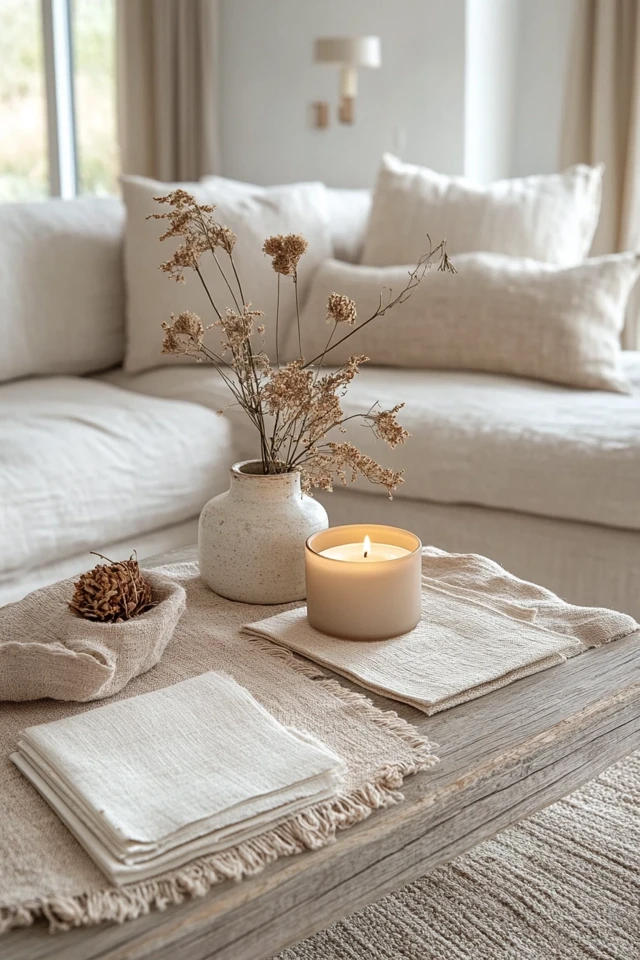
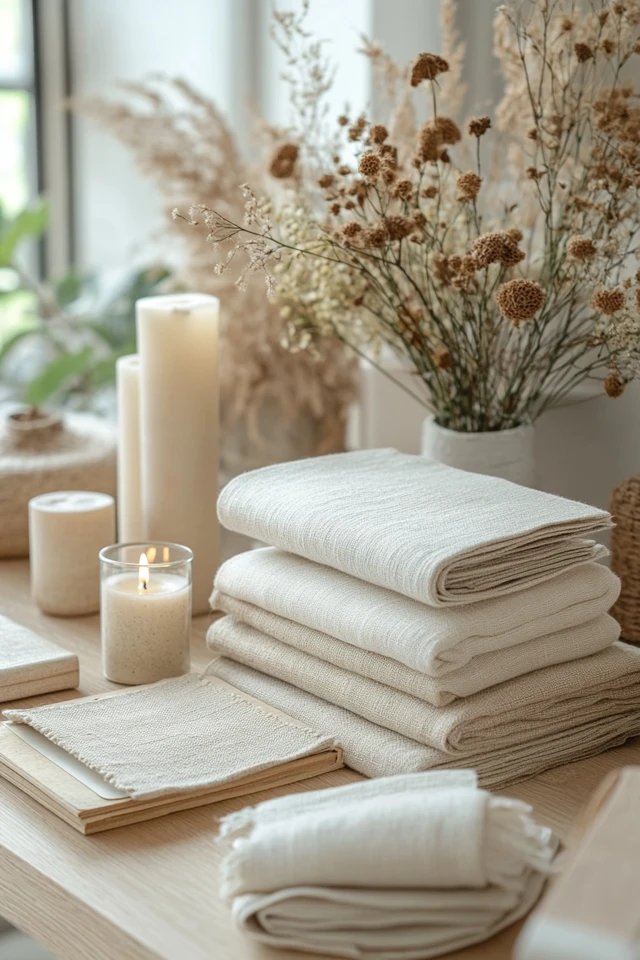
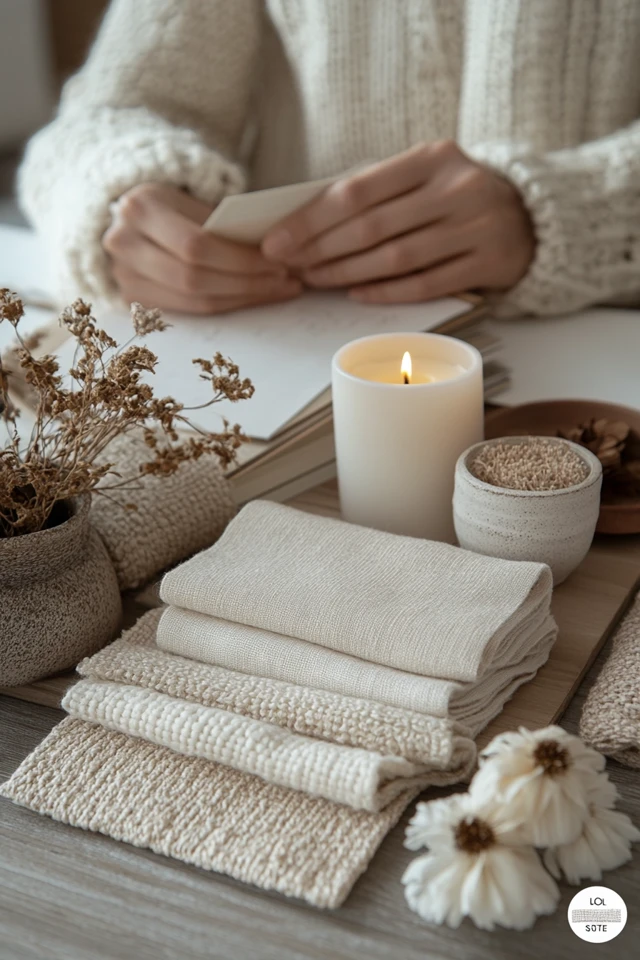
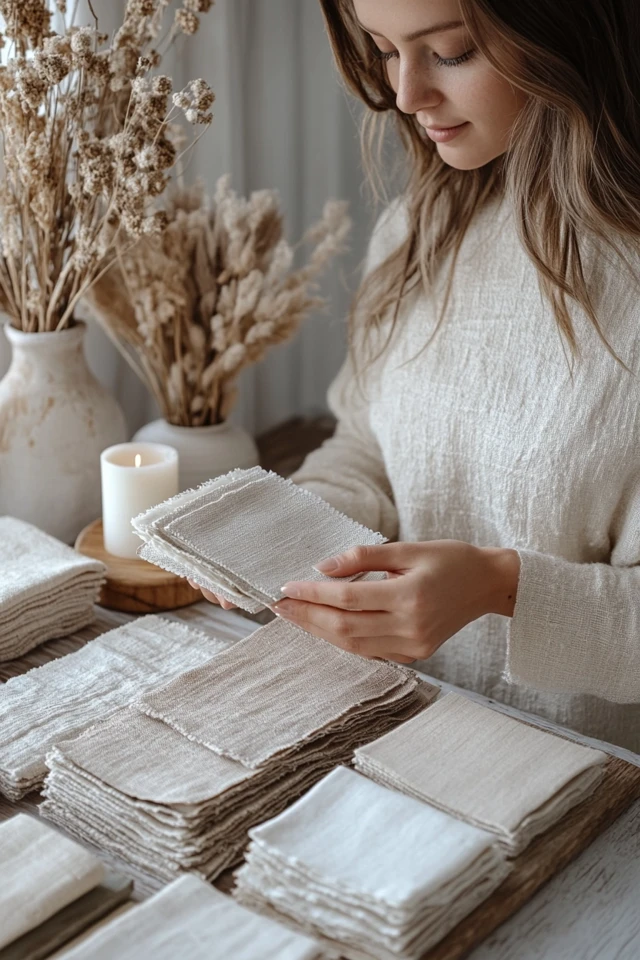
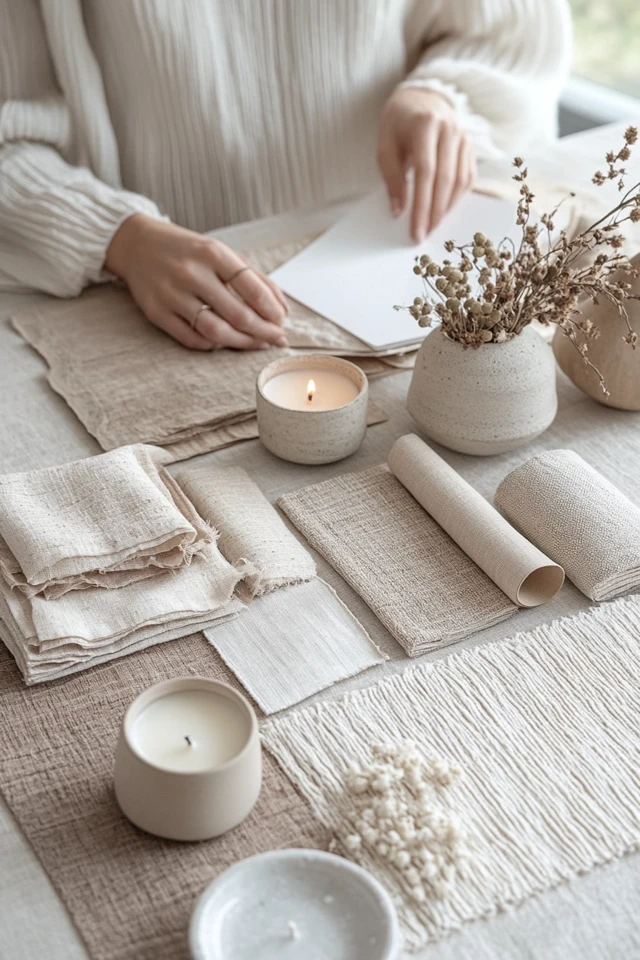
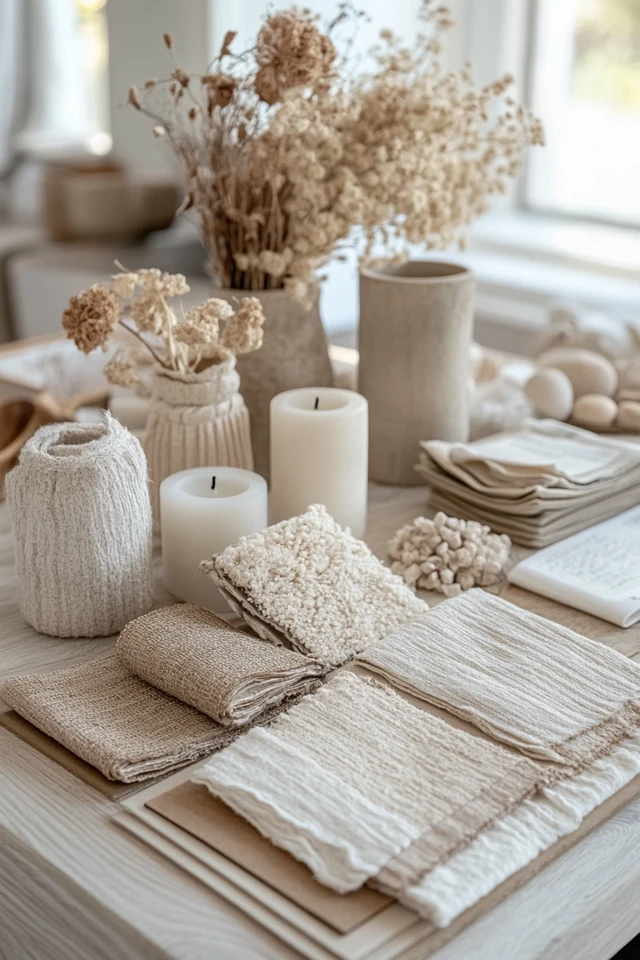
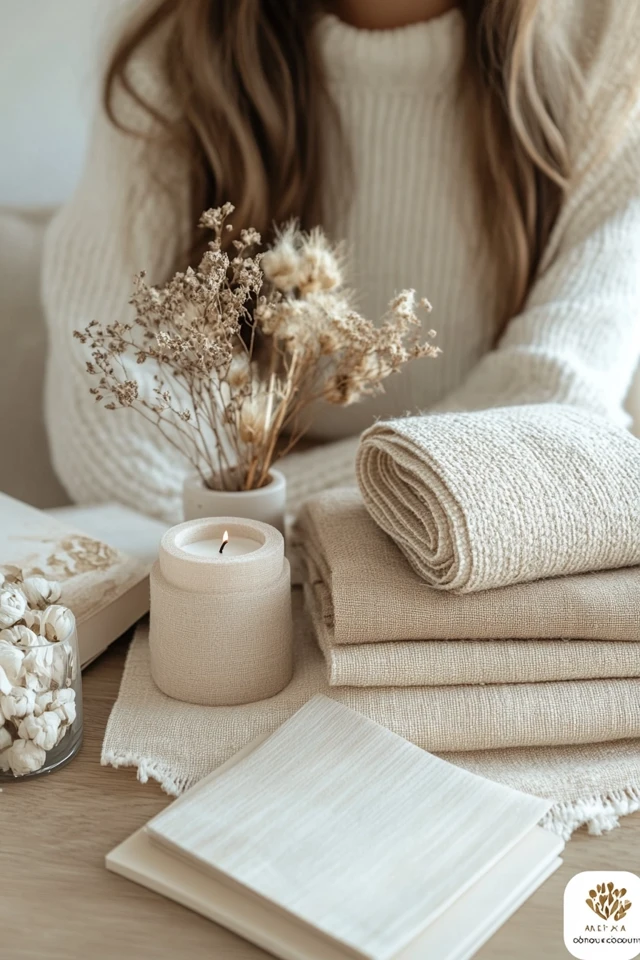
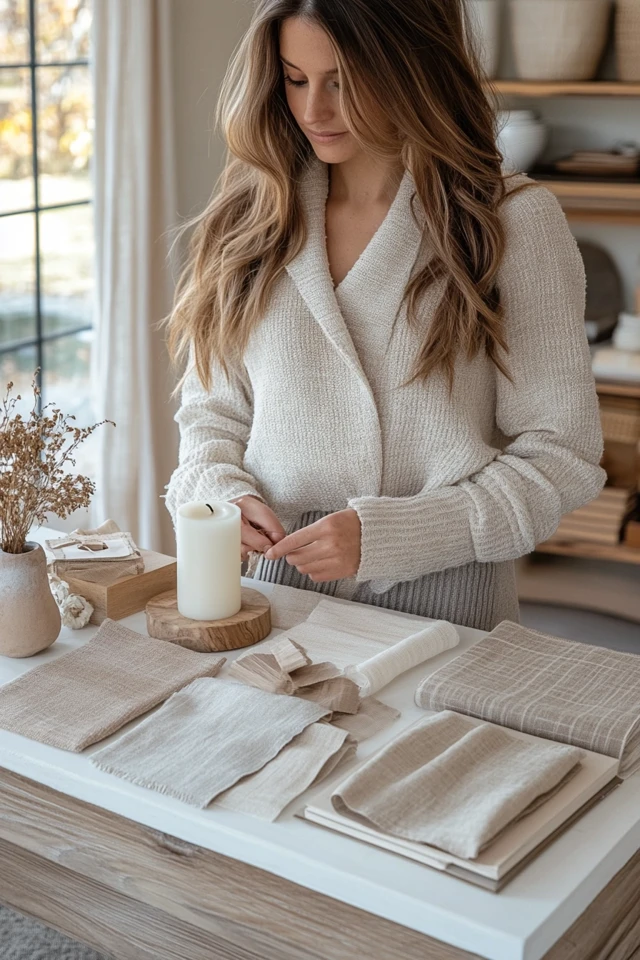

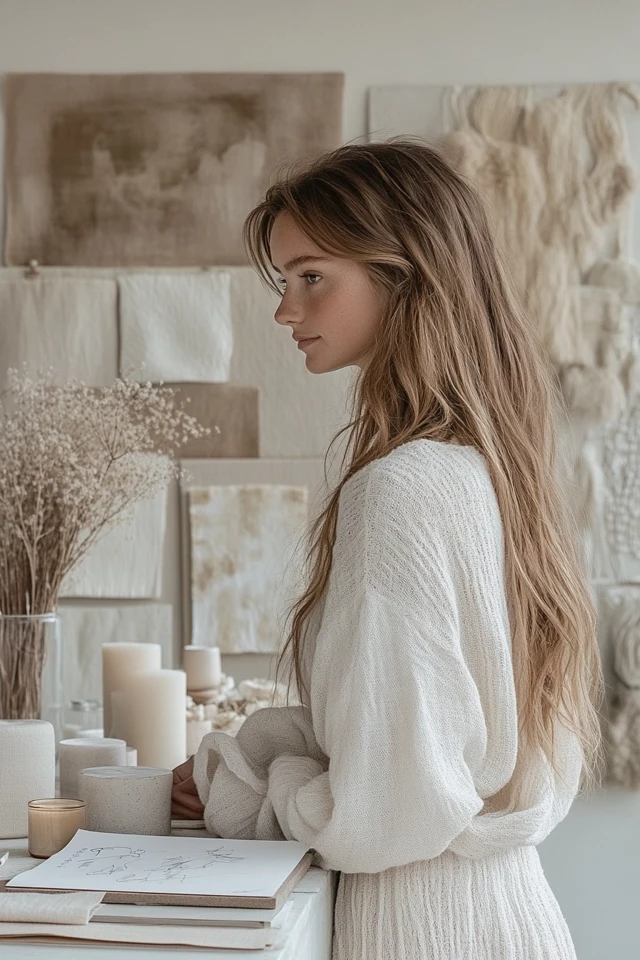
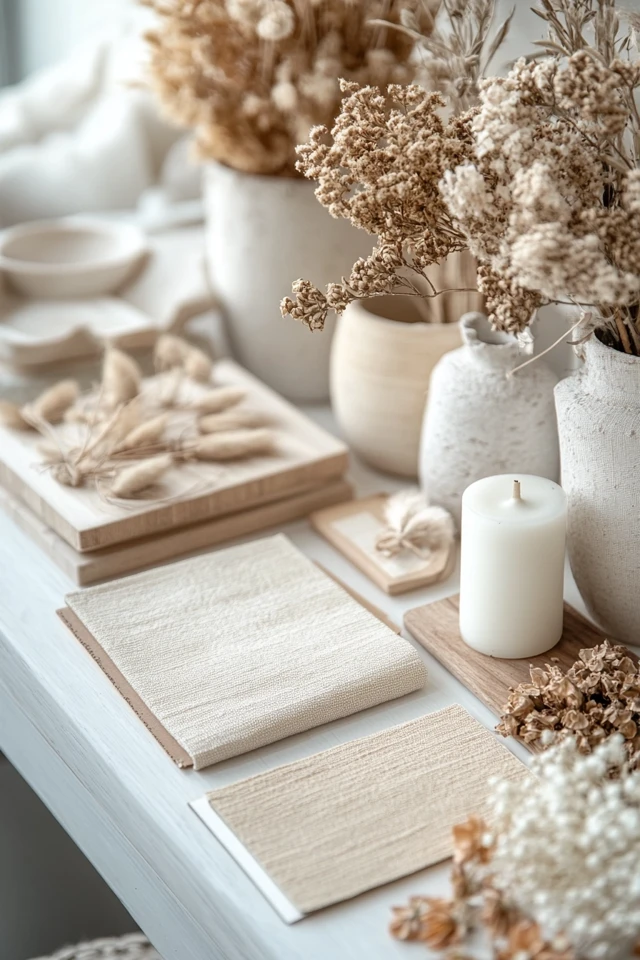
Conclusion
Finding your aesthetic room style is all about exploring what inspires you, reflecting your personality, and curating a space you love. Start with understanding popular aesthetics, identifying the mood you want to create, and using mood boards to organize your ideas. With a thoughtful color palette, furniture choices, and personal touches, you can design a room that’s not only beautiful but truly yours.
FAQ
1. How do I figure out what aesthetic style suits me?
Look for inspiration on Pinterest or Instagram and pay attention to colors, patterns, and decor you’re naturally drawn to. Creating a mood board will help you see the common elements you love.
2. Can I mix different aesthetics in one room?
Yes! Mixing styles like modern farmhouse and boho or minimalist and industrial can add unique character. Just stick to a cohesive color palette to maintain balance.
3. What’s the easiest aesthetic to start with?
The minimalist or Scandinavian aesthetic is a great starting point because it focuses on simplicity, neutral colors, and functional design.
4. How do I make my room aesthetic on a budget?
Thrift furniture, DIY wall art, and incorporate budget-friendly decor like fairy lights, plants, and affordable textiles.
5. What are the must-have items for an aesthetic room?
Some essentials include fairy lights, cozy blankets, plants, mirrors, statement art, and functional yet stylish furniture.

